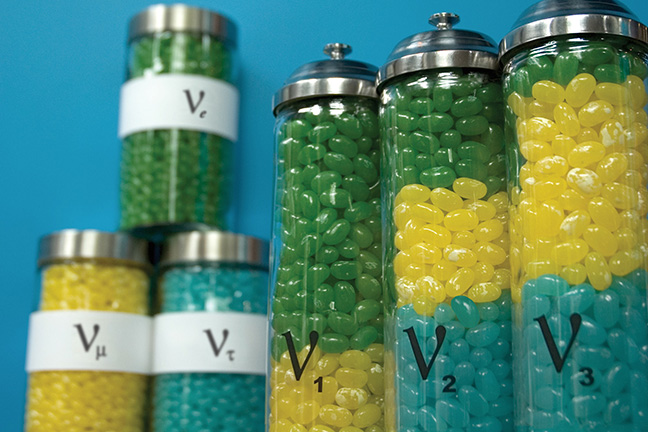
Because of this they cannot directly produce ionization in a detector, and therefore cannot be directly detected. Neutrons have mass but no electrical charge. Read More: Is Pi Gamma Mu a sorority? How do you find neutrons? … For this epoch-making discovery he was awarded the Hughes Medal of the Royal Society in 1932, and subsequently the Nobel Prize for Physics in 1935. In 1932, Chadwick made a fundamental discovery in the domain of nuclear science: he proved the existence of neutrons elementary particles devoid of any electrical charge. 1) using the Graphite Reactor at Oak Ridge. The first neutron diffraction experiment was in 1945 by Ernest O.Wollan (Figure 7.5. Spectra produced by diffraction gratings are extremely useful in applications from studying the structure of atoms and molecules to investigating the composition of stars. … Powder diffraction stands in contrast to single crystal diffraction techniques, which work best with a single, well-ordered crystal. Powder diffraction is a scientific technique using X-ray, neutron, or electron diffraction on powder or microcrystalline samples for structural characterization of materials. … This is because neutron scattering length is not directly related with the atomic number whereas for X-ray and electron the scattering is more for elements with higher atomic number. But neutron diffraction needs relatively much larger amount of sample. In electron diffraction you can use even smaller samples. How does electron diffraction differ from neutron diffraction? In fact, the X-ray diffraction technique has limits in measuring residual stresses through the thickness of a welded structure. The advantage of the neutron diffraction methods in comparison with the X-ray technique is its larger penetration depth.

What are the advantages of the neutron diffraction method? Neutron diffraction is closely related to X-ray powder diffraction. Most experiments, however, aim at the structure of crystalline solids, making neutron diffraction an important tool of crystallography. Neutron diffraction can be used to determine the static structure factor of gases, liquids or amorphous solids. The technique is similar to X-ray diffraction but the different type of radiation gives complementary information. Neutron diffraction is a form of elastic scattering where the neutrons exiting the experiment have more or less the same energy as the incident neutrons.


 0 kommentar(er)
0 kommentar(er)
